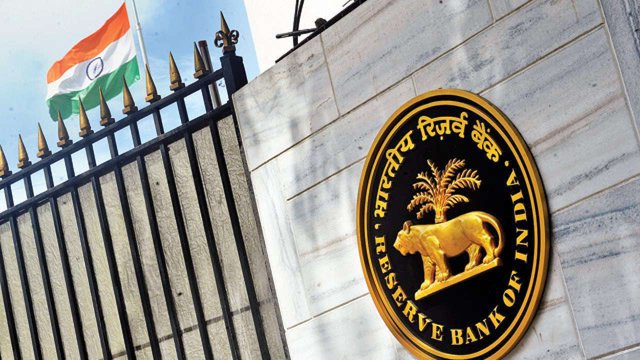
The Indian Banking System is in a deep crisis with non-performing assets (NPA) shooting through the roof. If the recent financial stability report published by the Indian banking regulator – the Reserve Bank of India is any indicator of the current situation – the path to recovery may prove to be a Herculean task.
By Kumar S
The gross non-performing advances (GNPA) climbed to USD 143.45 billion by end of March from USD 115.33 billion during December end. The situation is only worsening with more NPA’s coming to the fore. The RBI estimates gross non-performing advances (GNPA) ratio to go up to 12.2% in March 2019 from 11.6% in March 2018.
Indian credit rating agency CARE has placed around 38 listed banks in the red, on account of the snowballing of the NPAs which are likely to go up to USD 143.45 billion by March 2019.
According to a media report by the Times of India the scheduled commercial banks or SCBs had cumulatively written-off as much as USD 30.85 billion through the five-year period that ended in March 2016. The SCBs which comprise of private lenders, public sector banks (PSB), foreign banks, regional rural banks and some co-operative banks – account for more than 95% of the total loans credited in the country.
Gross NPAs of PSBs account for USD 123 billion. The country’s largest public lender State Bank of India’s gross NPAs during this period have risen four times—from USD 7.78 billion in September 2015 to USD 30.58 billion in March 2018. IDBI Bank, too, has seen almost a fourfold rise in bad assets during this period, from USD 2 billion to USD 8 billion. Even the profitable ones like the Indian Bank and Vijaya Bank have doubled their gross NPAs during this period.
IDBI Bank Ltd, Indian Overseas Bank, Uco Bank and United Bank of India now have at least one-fourth of their loan books spoiled while Dena Bank, Central Bank of India and Bank of Maharashtra have one-fifth of their loan books turning bad.
One way of containing percentage growth in bad assets is by expanding the loan portfolio. This resulted in a write-off of bad assets after failing to secure fresh lending.
Even after provisioning, net NPAs were to the tune of USD 71 billion, up 32% from the figure in March 2017. PSBs have a lion’s share of with USD 62 billion. Three state-lenders have more than 15% as net NPAs and 11 have single-digit NPAs.
Another media report explains the rut in private sector banks. The NPAs in the last five years reported by private sector banks have jumped by a mind boggling 450% from USD 2.71 billion in FY 2013-2014 to USD 15 billion in March 2018. ICICI bank leads the pack of private lenders followed by Axis Bank, HDFC Bank, Kotak Mahindra Bank, Federal Bank and Yes Bank.
ICICI Bank’s bad loans were around USD 7.41 billion, a 514% rise during this period. Axis Bank saw almost a 1000% jump in its bad debts to USD 4.7 billion by year ending March 31, 2018. There is a significant gap between the bad debt amounts for other private banks vis-a-vis the ICICI and Axis. HDFC’s bad loans by Mar 31, 2018 was USD 1.18 billion in the last five financial years while for Kotak Mahindra Bank it was USD 524 million during the same period...
...to read more, visit https://indvstrvs.com/indias-bad-debt-conundrum-in-the-banking-sector/
Congratulations @indvstrvs! You received a personal award!
Click here to view your Board
Do not miss the last post from @steemitboard:
Vote for @Steemitboard as a witness and get one more award and increased upvotes!
Downvoting a post can decrease pending rewards and make it less visible. Common reasons:
Submit
Congratulations @indvstrvs! You received a personal award!
You can view your badges on your Steem Board and compare to others on the Steem Ranking
Do not miss the last post from @steemitboard:
Vote for @Steemitboard as a witness to get one more award and increased upvotes!
Downvoting a post can decrease pending rewards and make it less visible. Common reasons:
Submit